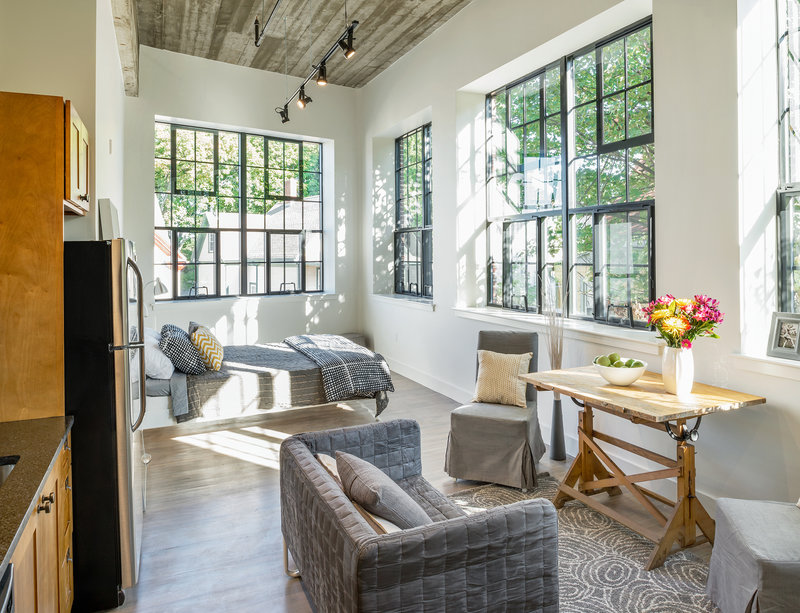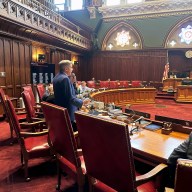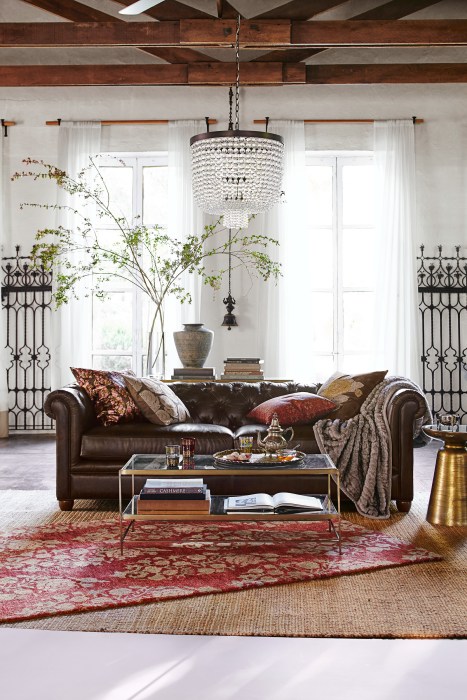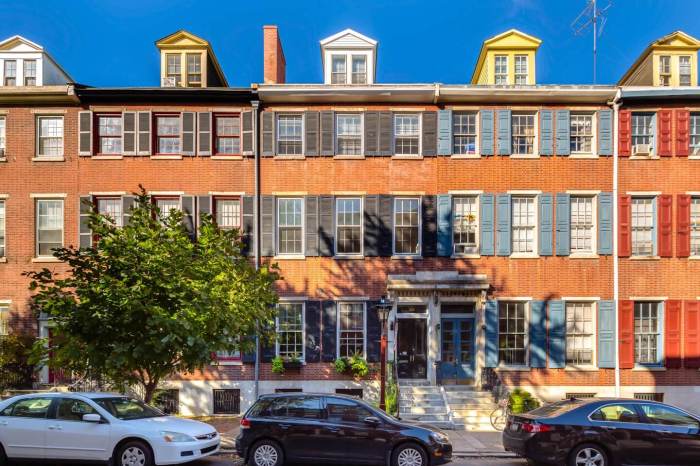What can we learn from Boston’s massive residential development boom? According to Dorchester resident Kevin Deabler, owner and a principal of Boston-based RODE Architects, we can interpret these new changes in building attitudes for our own homes — present and future. As part of RODE, Deabler has worked on Danforth Residences, Radian Boston, and Dot Block Apartments, as well as on the Commonwealth Kitchen and Coppersmith restaurants, and Dorchester Brewing Company. He shares his best advice. Thoughtful design equals better design
The habit to tear down and throw up new buildings as quick as possible mode has lost momentum. Both big builders and homeowners value a more thoughtful approach, especially with older properties. “We let the building slowly tell us what it was and what it needs,” says Deabler. “There’s no longer the destruction of the tear down and build something new mentality that was prevalent – and still is with some construction companies. It’s the same with things we buy to furnish our homes, we want something that wasn’t produced so cheaply and so quickly.” RELATED: Hey Boston: Should we all move to Quincy? Hand-me-down heaven
Vintage, rustic and retro trends continue to escalate this century, but the marrying of old and new doesn’t need to come from a big box store. Secondhand and reclaimed items are hidden treasures, imperfections and all. “People want their living space to have significance,” saysDeabler. “There’s a shift towards having something with a patina, an age. It’s OK now to let things come to you and use found objects, or add something you bought on Craigslist. If it feels good to save something from being thrown away and saves you a trip to Target, all the better.” LEDs: A bright idea
Deabler says good riddance to the incandescent light bulb, instead opting for a conscientious, cost-effective option. “The LED industry has led a huge charge in what’s now possible with lighting. LED has low energy usage and throws off less heat, and there are so many innovations in design,” he says. One significant trend LED is leading is in recessed lighting. “Instead of bulky installation can lighting, there are these paper thin LED installations that make you think, how is this little thing producing so much light?”
Design tips learned from Boston’s building boom

Aaron Usher III


















